An introduction to North American electrics
The American electrical system is quite interesting and, for the most part, considerably different from the ones used in other countries. Most appliances run at 120V 60Hz; the use of this low voltage has lead to a few consequences with regards to power distribution and safety.
Plugs and sockets
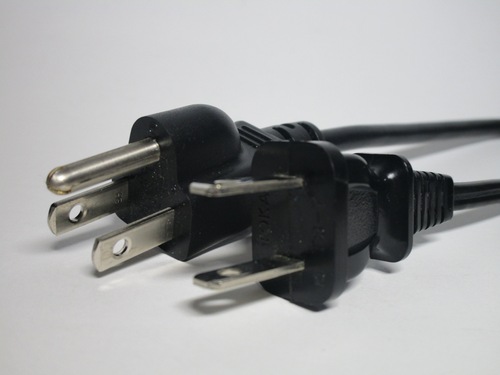
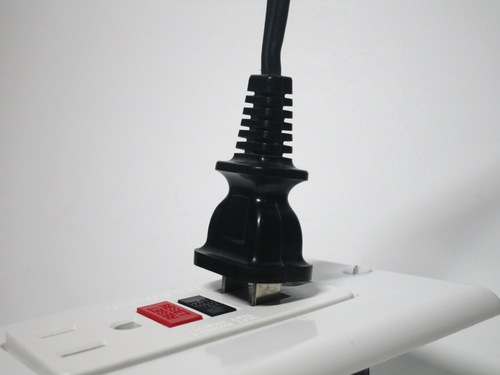
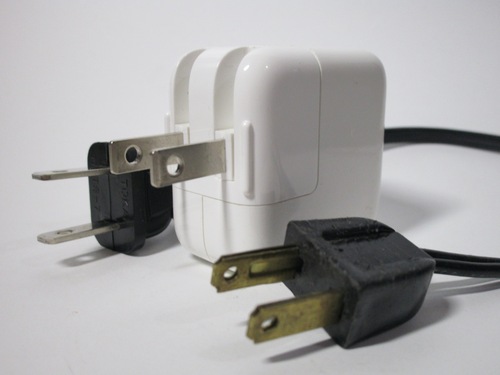
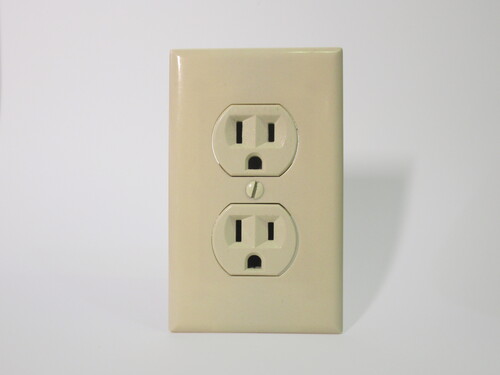
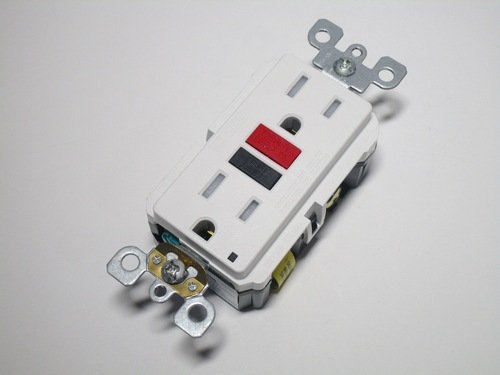

Light switches and other accessories
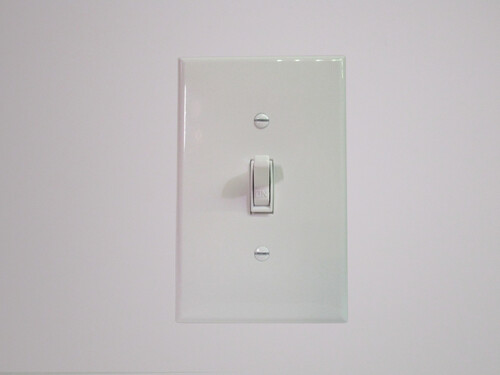
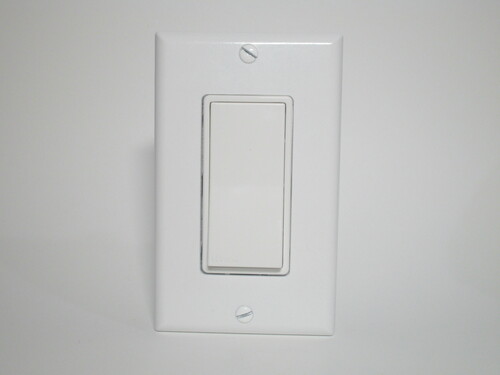
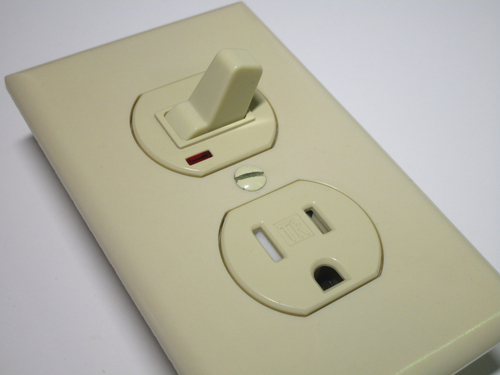
Split-phase supplies
Something specific to North American wiring is the use, in residential installations, of split-phase supplies. These are single-phase supplies where the transformer has a center tap, connected to earth to form the neutral; because of this, three wires are supplied instead of two: the neutral and two line (hot) wires, often referred to as phases.
Between either of the two line wires and the neutral, 120V can be obtained, for use in socket circuits, lights and other standard appliances. When measuring between the two line wires, however, a potential of 240V is available. This is used for most high-power devices, such as electric stoves, dryers and AC units. Special sockets are available for this purpose.
The earthing system used is TN-C-S, with the split between the combined earth and neutral happening inside the first point of disconnection - usually the breaker panel, through a bonding screw which connects the supply neutral to the metal chassis of the panel.
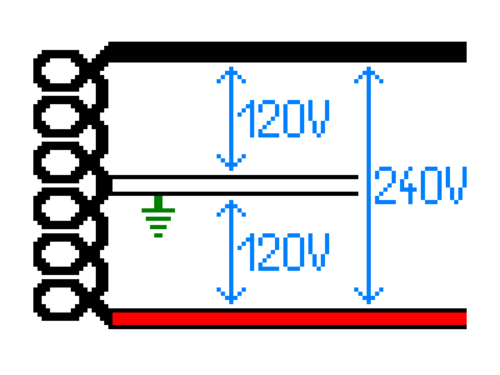


Breaker panels
Breaker panels are considerably bigger than elsewhere in the world; this is due to the higher number of circuits, a result of the limited power available under 120V. Socket circuits are powered from either a 15A or 20A breaker, with the latter having become more common over the years. Despite the relatively low power available to each circuit, household supplies tend to be quite large, with 200A 240V (48kW) being common.
The design of the panels is only partially modular, with a single fixed busbar - fed from a main breaker - which then all breakers connect to. The busbar alternates between phases, allowing the use of double-pole breakers for 240V circuits and helping with load balancing. Installing a breaker is very easy, as it simply clicks into place. Some newer panels use a "plug-on neutral" connection, which avoids having to connect the neutral lead from a GFCI or AFCI breaker.
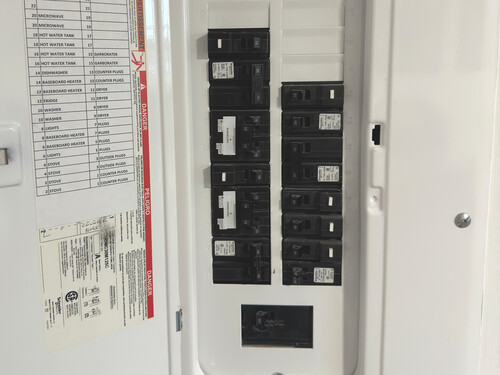
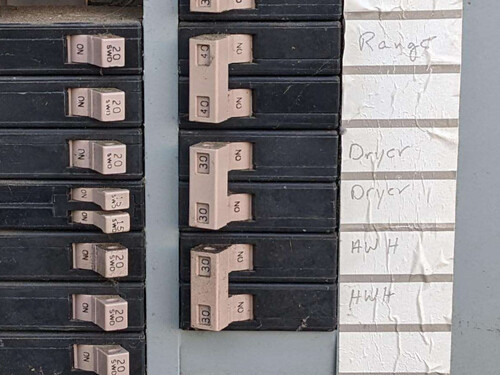
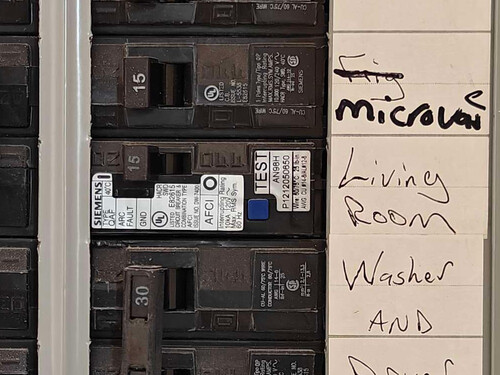
GFCI (RCD) protection is quite uncommon and is usually only found in "wet areas" (kitchens and bathrooms), using a GFCI outlet. The reason for this is, likely, the high cost of using a GFCI breaker for each circuit, while the single busbar makes it impossible to have a single GFCI feeding multiple breakers. More recently, AFCI breakers, protecting against arc faults - a fire risk - have become mandatory on certain types of circuit and thus found in newer installations.